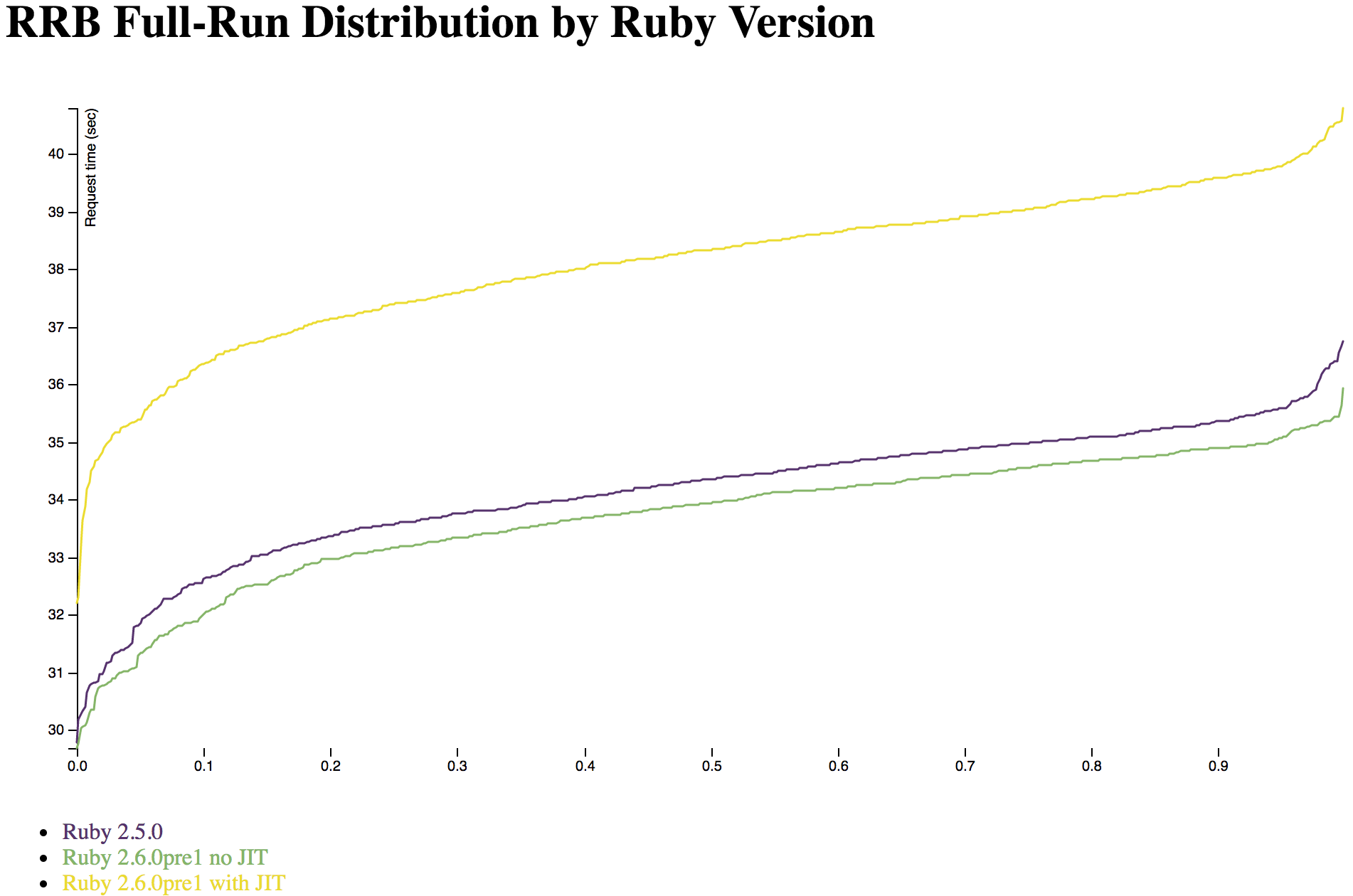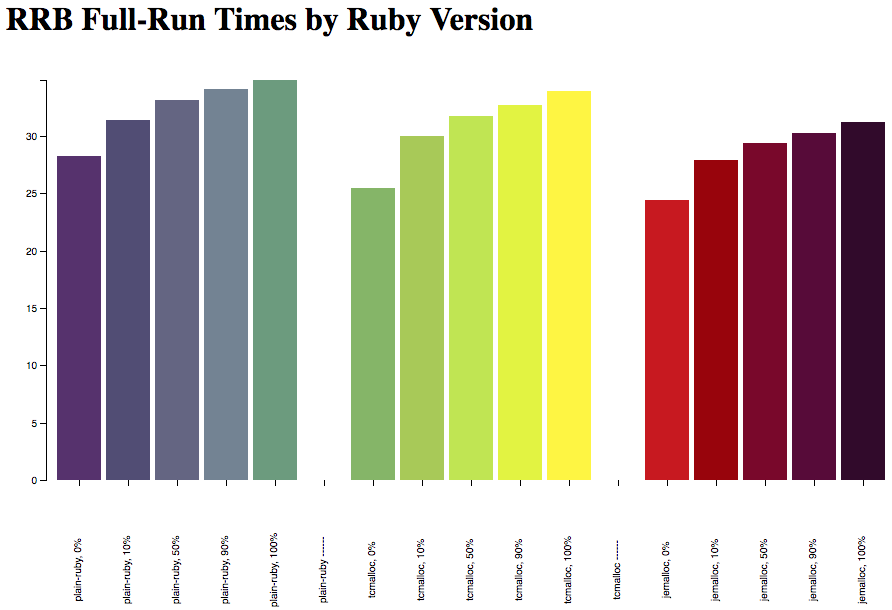The "hello, world" of two-way interactive web pages is the chatbox. From a simple "everybody sees everything" single-room chat to something more complex with sub-areas and filtering and private messages, you have to have two-way interaction to make chat work. If you put intercom.io or similar customer service chatbots on your site, they have to use two-way interaction of some kind. Any kind of document collaboration (e.g. Google Docs) or multiplayer game needs it. Two-way interaction starts to make sense quickly if you're doing something that people update together - auction sites, for instance, or fast-updating financial markets (stock trading, futures markets, in-game auction houses.) You can do two-way interaction with AJAX but it starts to get inefficient quickly, and the latency can be high. Long-polling (e.g. Comet, SSE) can help, or you can work around the browser with plugins (e.g. Flash or Unity.) This is the situation WebSockets (and thus ActionCable) were really designed for.
There are one-way updates in the browser-to-server direction, but forms and AJAX handle those just fine. They are often things like form submit, error reporting or analytics where the user takes action, but there's only a simple acknowledgement -- "yup, you did that, the server saw it and you can get back to what you were doing."
So What's Different With Interactivity?
In old-style HTTP, the browser gets an HTTP page. It may already be cached, so the browser may not use the network at all! Some pages can work entirely offline. The browser can keep requesting pages or resources from the server when and if it wants to. That may fail - the network connection isn't guaranteed. But the server can't interfere with most of this. The server can't send anything it wasn't asked for. The server may not even know that this is all going on. If the HTML page came from cache, the server probably has no idea that any of this is happening. In a normal web framework, the request gets served and the server moves on to other requests without a backward glance.
If you want interactivity with a constant connection to the server, that changes everything. The server needs to sit and spin, holding the connection open. It needs to see what other connections are doing and figure out what to send to everybody else every time you do something. If Bob sends a chat message, it may go out to 250 other people who have a certain page open.
The Programming Model
One big difficulty with two-way interaction is that web servers and frameworks aren't usually designed to handle it. If you keep a connection open all the time and you can send to it at random times... How does that look to the programmer? How does it work? That's new for Rails... And Sinatra. And nearly any Ruby framework that isn't using EventMachine. So... nearly all of them.
It's not just WebSockets that have this problem, incidentally. HTTP/2 adds server push, which also screws up all the frameworks... But not quite as much as WebSockets does.
In fact, very few application servers (e.g. Puma, Passenger, Unicorn, Thin, WEBrick) are designed for pushing from the server either. You can hack long-polling or server push on top of NGinX or Apache, but... that's not how nearly anybody uses them. You really want an evented server. There are some experimental Ruby evented webservers. But mostly, that's not how you write Ruby web applications. Or nearly any other web applications, in any language. It's an inefficient match for HTTP1 apps, but it's the only reasonable match for HTTP/2 apps with much two-way interactivity.
Node.js folks can laugh at the rest of us here. They do evented web applications all the time. And even they have a bit of a rough road to HTTP/2 and WebSocket support, because their other tools (reverse proxies, caches, etc) are designed in the traditional way, not the HTTP/2 way.
The whole reason for HTTP's weird, hacked-on model of sessions and cookies is that it can't keep a connection to the server or repeatedly identify individual clients. What would we do if it could? Maybe we'll find out.
But the fact remains that it's weird and hard to combine a long-running stateful server with lots of connections (WebSockets) to a respond-and-forget stateless web server (NGinX, Apache, Puma, Passenger, etc.) in the current day and age. They're not designed to work that way.
I only know of one web server that was ever designed with this in mind: Zed Shaw's Mongrel2. It's a powerful, interesting model for a server architecture. It's also rough around the edges, very raw and not used in production by anybody I know of. I've tried to get it running with Ruby web apps, and mostly you rapidly discover that nobody else designs anything that way, so it's hard to use with anything you don't write from scratch. There are bespoke frameworks inside big tech companies (e.g. LinkedIn, Facebook) that do the same thing. That makes sense. They'd have to, even with their current architecture. The rest of us have a long road to get there.
ActionCable and Convenience
So: Rails bundled WebSocket support into recent versions. Problem solved, right? Rails is awesome about making things convenient, so we're golden?
Yes... and no.
I've worked with the old solutions to this like Faye and Juggernaut. There is absolutely no question that ActionCable is a smoother experience. It starts the extra server automatically. It includes all the extra pieces of software. Secure sockets work approximately out-of-the-box, maybe, with a bunch of ugly caveats that aren't the server's fault. But they're ordinary HTTPS caveats, not really new ones for WebSockets. Code reloading works, kind of. When you hit "reload" in your browser the classes reload at least, like, 80% of the time. I mean, unless you have connections from multiple browsers or something else unreasonable.
Let's be clear: for hooking WebSockets up to a traditional web framework this is a disturbingly smooth experience. That's how bad the old ways of doing this are. Many old problems like "have I restarted both servers?" are nearly 100% solved in development, and are only painful in production. This is a huge step up.
The fact that code reloading works at all, ever, is surreal. You can nearly always get it to work by restarting the server and then hitting reload in the browser. Even that wasn't really reliable with older frameworks (ew, browser caching.) Thank you, Rails asset pipeline! And there's only one server in development mode, so you don't have to bring down multiple server-side processes and reload your browser.
This stuff used to be incredibly bad. ActionCable brings the pain level down to something a smartphone-app programmer would call tolerable.
(I'm an old phone operating system programmer. We had to flash ROMs every time. You kids don't know how good you have it. Get off my lawn!)
But... Does It Smell Like Rails?
Programming in Rails is a distinctive experience. From the controller actions to the views to the config files, you can just glance at a chunk of Rails code to figure out: yup, this is Ruby on Rails.
For an example of "it's not the web, but it smells like Rails," just look at ActionMailer. It may be about sending email, but it uses the same controller actions and the views feel like Rails. Or look at the now-defunct ActiveResource, which brings an ActiveRecord-style API to remote procedure calls. Yeah, okay, it was kind of a bad idea, but it really looks like Rails.
I've been trying to figure out for awhile: is there a way to make ActionCable look more like Rails? I'll show you what I've found so far and I'll let you decide.
ActionCable kind of wants to be structured like Rails controllers. I'll use examples from the ActionCable Rails Guide, just to make sure I'm not misrepresenting it.
Every user, when they connect to your site, gets a single ApplicationCable::Connection object:











